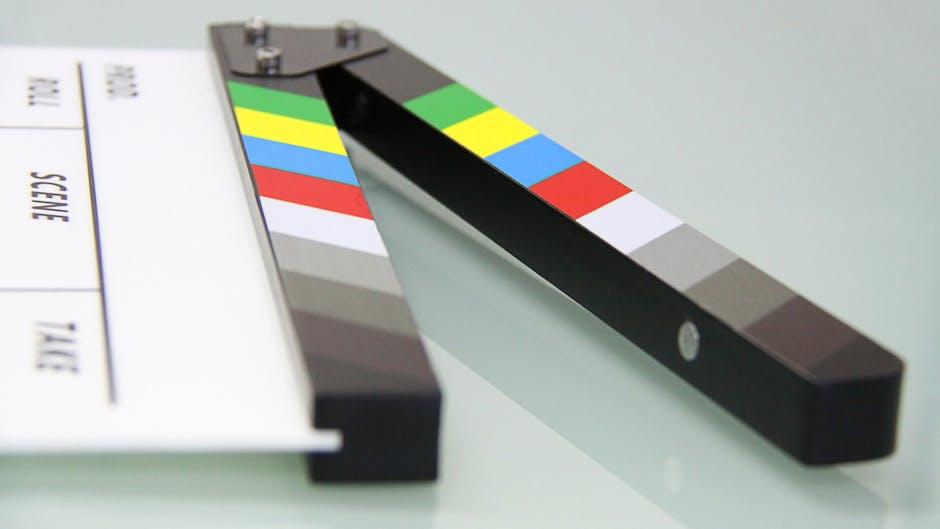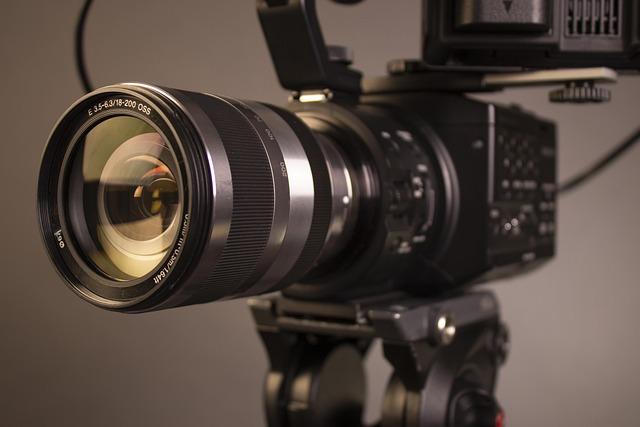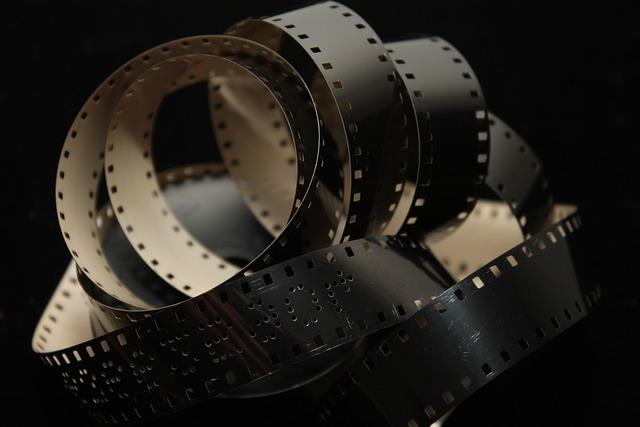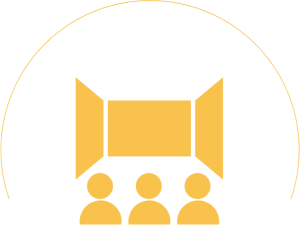In the dimly lit realm of film studios, where the hum of cameras and the rustle of scripts once reigned supreme, a new player has emerged on the stage. This player, devoid of human touch yet brimming with potential, is Artificial Intelligence. As directors, screenwriters, and editors increasingly turn to AI for assistance, a question begins to echo through the corridors of creativity: Is the growing use of AI in film production a boon that enhances artistic vision, or a silent usurper that threatens to homogenize the magic of cinema? This article delves into the heart of this debate, exploring the intricate dance between innovation and tradition, technology and artistry, in the ever-evolving world of film production.
Balancing Artistry and Algorithms: A New Era in Filmmaking
The fusion of artistry and algorithms has ushered in a transformative era in filmmaking. Directors and producers are now equipped with AI tools that can predict audience preferences, streamline editing processes, and even generate scripts. This technological advancement offers a palette of possibilities, yet it raises questions about the essence of creativity in cinema.
Consider the following impacts:
- Enhanced Visual Effects: AI can create stunning visual effects that were once impossible or prohibitively expensive.
- Scriptwriting Assistance: Algorithms can analyze successful film scripts to generate new ones, potentially reducing writer’s block.
- Audience Insights: Predictive analytics can help filmmakers tailor their content to meet audience demands more precisely.
However, the heart of the debate lies in whether these tools are merely aiding the creative process or if they are starting to define it, potentially diluting the human touch that is integral to the art of storytelling.
Human Touch vs. Machine Precision: The Creative Conundrum
In the age-old battle between human touch and machine precision, the realm of film production stands as a battleground where both sides exhibit unique strengths and weaknesses. Filmmakers today are increasingly leaning on AI technologies to streamline processes, enhance visual effects, and even script dialogues. Yet, this surge in AI application raises a compelling question: does machine precision eclipse the nuanced artistry that only human creativity can provide?
- AI-Driven Efficiencies: AI can significantly reduce production time, manage logistics, and even predict audience preferences.
- Human-Centric Creativity: The spontaneous, emotional, and often imperfect elements that humans bring to the table can breathe life into a film in ways that algorithms simply cannot replicate.
While AI can offer unparalleled precision and efficiency, it is the human touch that infuses a film with its soul, creating a harmonious blend that can captivate audiences. The challenge lies in finding the right balance between these two powerful forces, ensuring that technology enhances rather than overshadows the artistry of filmmaking.

Harnessing AI Without Losing the Magic: Strategies for Filmmakers
In the quest to integrate Artificial Intelligence into filmmaking, directors and producers face the challenge of balancing innovation with the essence of storytelling. While AI can expedite processes like scriptwriting, editing, and even visual effects, there’s a looming concern that over-reliance on algorithms might stifle the human touch that defines cinematic magic. To ensure creativity isn’t compromised, filmmakers can adopt several strategies:
- Collaborative Synergy: Use AI as a collaborative tool rather than a replacement. For instance, let AI handle repetitive tasks, allowing human creativity to flourish in conceptual and emotional aspects.
- Customized Algorithms: Develop AI systems tailored to your unique artistic vision. This customization ensures the technology enhances rather than dictates the creative process.
- Feedback Loops: Implement continuous feedback loops between AI outputs and human input, ensuring the final product retains its authentic narrative and emotional resonance.

Future-Proofing Creativity: Recommendations for an AI-Integrated Industry
To ensure that the integration of AI in film production enhances rather than diminishes creativity, several strategies can be adopted:
- Human-AI Collaboration: Encourage a symbiotic relationship where AI tools complement the creative instincts of filmmakers. AI can handle repetitive tasks and data analysis, allowing human creators to focus on storytelling and artistic vision.
- Training and Education: Equip industry professionals with the knowledge and skills to effectively use AI technologies. Workshops, courses, and seminars can demystify AI and showcase its potential as a creative ally.
- Ethical Guidelines: Develop and adhere to ethical standards that govern the use of AI in film production. This ensures that AI tools are used responsibly, with respect for artistic integrity and originality.
- Feedback Loops: Implement systems for continuous feedback between AI developers and filmmakers. This iterative process can refine AI tools to better meet the needs of creative professionals.
- Preserving Human Touch: While AI can enhance efficiency, it is crucial to maintain the human touch in storytelling. Emotional depth, cultural nuances, and unique perspectives are elements that AI may not fully replicate.































